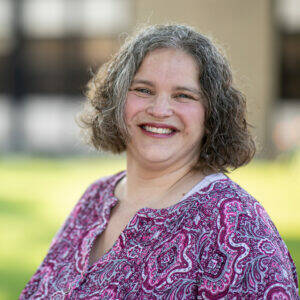D45 Multilingual Programs:
Programming for English Learners
Full-time Transitional Bilingual Education (Spanish): Students in our full-time TBE program are offered a self-contained classroom in which English and Spanish are both used for instruction. The classroom teacher is a certified bilingual educator. Students remain in this setting from PreK-3rd grade. After 3rd grade, Spanish literacy services are given as needed in a pullout setting from 4th-8th grades.
Part-time Transitional Bilingual Education (Spanish): Students in our part-time TBE program are offered a self-contained English classroom. ESL services for English support are offered by an ESL endorsed teacher. Spanish support can be provided if needed.
Part-time Transitional Bilingual Education (Urdu): Students in our part-time TBE program are offered a self-contained English classroom. ESL services for English support are offered by an ESL endorsed teacher. Urdu support can be provided if needed. This program is only offered at Stevenson and York Center Schools.
Transitional Program of Instruction: Students in our part-time TPI program are offered a self-contained English classroom. ESL services for English support are offered by an ESL endorsed teacher.
Middle School Foreign Language Programming
Spanish I– Grade 8 students have the opportunity to begin learning Spanish as a foreign language during this interactive, exploratory course.
Heritage Spanish– Grade 8 students who speak Spanish in their homes are offered Heritage Spanish instead of Spanish I. Heritage Spanish includes opportunities for Latino students to engage in rich discussions of their cultural identity through exploration of literature, history, music, art, and food across the Spanish-speaking world.
